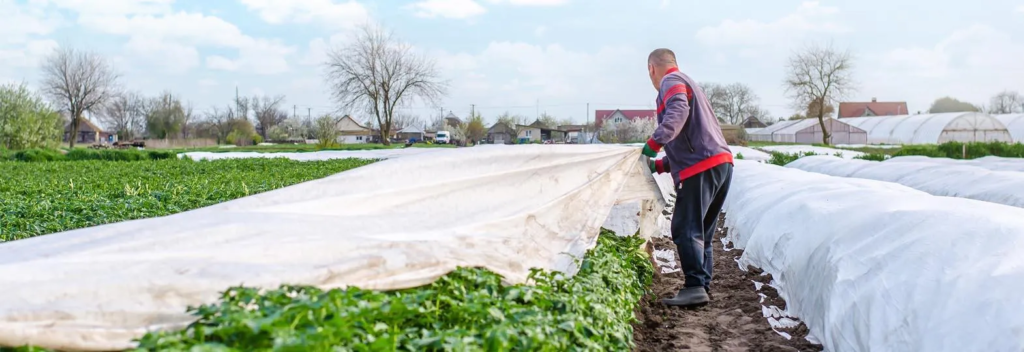
Nonwoven fabrics are an important part of the textile industry, due to their unique properties and performance. The growth of nonwoven fabrics in the textile industry can be attributed to technological advancements, increased product development, and greater consumer awareness and adoption.
Nonwoven fabrics, a simple and ancient form of textile, have become a major player in the textile industry due to their unique combination of performance and value compared to traditional textiles. These fabrics are created by joining or wrapping textile fibres together through machine, heat, or chemical processes, without the need for weaving or knitting. The resulting flat or perforated sheets are durable, absorbent, elastic, fire-resistant, and possess other important properties. Despite their lack of cohesion from spinning, nonwoven fabrics can mimic the look, texture, and strength of woven fabrics, and can be used alone or in conjunction with other materials to create a wide range of products for clothing, household goods, health care, engineering, and industrial applications.
Although nonwoven fabrics have a shorter lifespan than traditional textiles, their quick production and unique properties have led to their extensive use in consumer, healthcare, and industrial products. Without nonwoven fabrics, countless products that society and industry rely on would not function properly or be available at an affordable price. The growth of nonwoven fabrics in the textile industry can be attributed to technological advancements, increased product development, and greater consumer awareness and adoption. As nonwoven fabrics continue to expand their range of applications and performance properties, they are likely to remain a key component of the textile industry for years to come.
